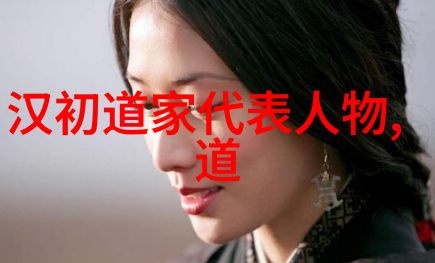阿根廷和乌拉圭的探戈传统如今为全世界所熟知,是由布宜诺斯艾利斯和拉普拉塔盆地蒙得维的亚的城市下层阶级发展起来的。在这一地区的欧洲移民、非洲奴隶的后裔和该地区被称为克里奥洛斯的当地人的混合体中,一系列广泛的习俗、信仰和仪式被融合并转化为一种独特的文化身份。探戈的音乐、舞蹈和诗歌是这种身份最为人所知的体现之一,既体现了多样性,也鼓励了文化对话。它在布宜诺斯艾利斯和蒙得维的亚的传统舞厅进行练习,在适应新环境和变化的时代的同时,将其社区精神传播到全球。今天,这个社区包括音乐家、专业和业余舞蹈演员、编舞、作曲家、歌曲作者、艺术教师以及体现探戈文化的国家生活珍宝。探戈也被纳入阿根廷和乌拉圭的民族遗产庆祝活动中,反映了这一流行城市音乐的广泛接受。 2009年度列入人类非物质文化遗产名录。 来源:教科文组织亚太地区非物质文化遗产国际培训中心 The Argentinian and Uruguayan tradition of the Tango, now familiar around the world, was developed by the urban lower classes in Buenos Aires and Montevideo in the Rio de la Plata basin. Among this mix of European immigrants to the region, descendents of African slaves and the natives of the region known ascriollos,a wide range of customs, beliefs and rituals were merged and transformed into a distinctive cultural identity. As one of the most recognizable embodiments of that identity, the music, dance and poetry of tango both embodies and encourages diversity and cultural dialogue. It is practised in the traditional dance halls of Buenos Aires and Montevideo, spreading the spirit of its community across the globe even as it adapts to new environments and changing times. That community today includes musicians, professional and amateur dancers, choreographers, composers, songwriters, teachers of the art and the national living treasures who embody the culture of tango. Tango is also incorporated into celebrations of national heritage in Argentina and Uruguay, reflecting the widespread embrace of this popular urban music. Included in the list of human intangible cultural heritage in 2009. Source: UNESCO International Training Center for intangible cultural heritage in the Asia Pacific Region

